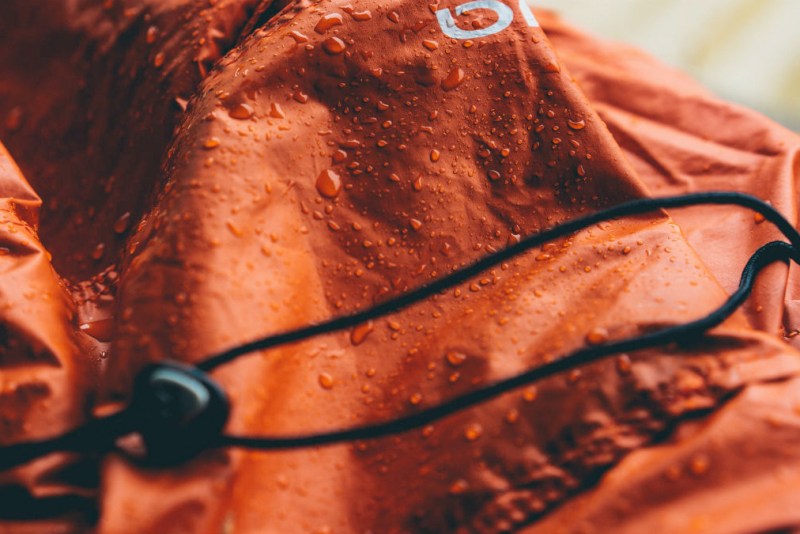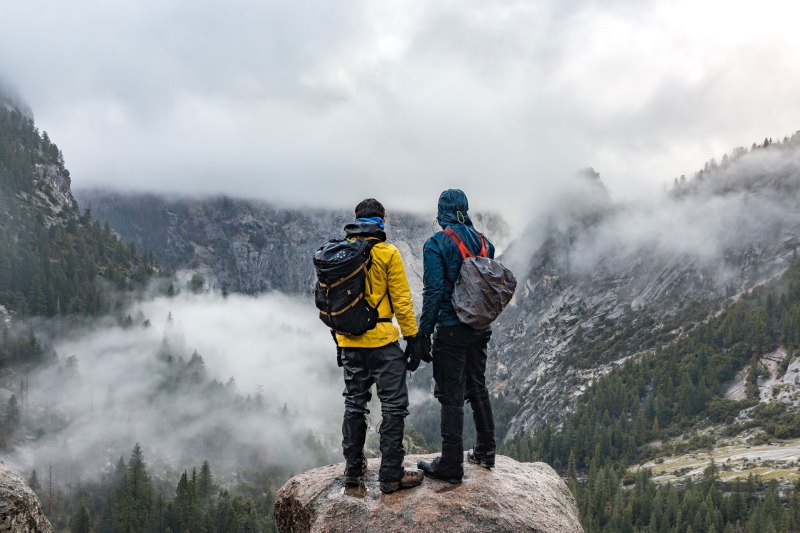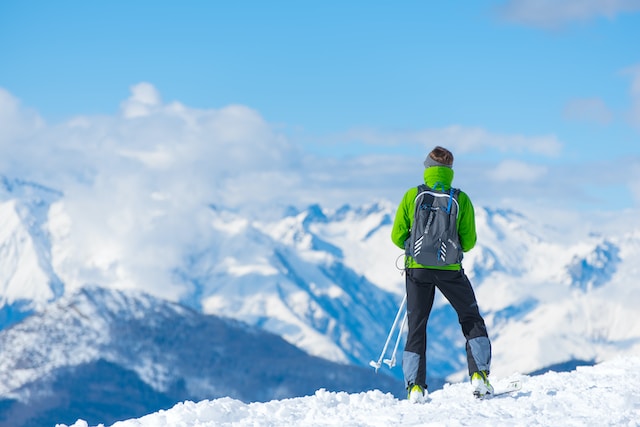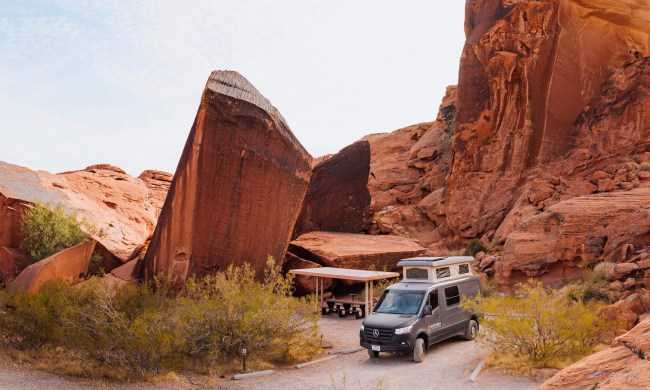You spent hundreds on a top-tier waterproof Gore-Tex jacket — but is Gore-Tex waterproof enough to keep you dry in every condition?
Gore-Tex has earned its place as the gold standard in waterproof outdoor gear, but it’s not invincible. Like any tech, it has limits. After years of testing Gore-Tex hiking, running, skiing, snowboarding, canoeing, and more, I’ve learned exactly when it works, when it fails, and how to make it last.
Is Gore-Tex waterproof? The science explained

The short answer to “Is Gore-Tex waterproof?” is yes. The heart of Gore-Tex is a membrane made from expanded PTFE — the same nonstick material in your frying pans. The material can be configured as a 2-layer, 2.5-layer, or 3-layer fabric and has billions of microscopic pores:
-
20,000× smaller than a water droplet
-
Hundreds of times larger than a water vapor molecule
That means rain can’t get in, but sweat vapor can get out — in theory. Gore-Tex itself is just the membrane. The jacket you buy is built by another brand, but must meet Gore-Tex’s seam-sealing and construction standards. Everything else — zippers, fabric quality, ventilation — depends on the manufacturer.
Why your Gore-Tex jacket feels like it’s leaking (when it’s not)

Breathability has limits. Even the best moisture-wicking base layers can’t fully keep up when you’re working hard. Sure, those pores are big enough to let moisture out, but if you sit in a steam room and crack a window slightly, the steam will take time to clear, especially if you’re still generating it.
Another big culprit? The outer layer’s coating wearing off. The face fabric of your best-in-class men’s waterproof jacket beads beautifully in the first few rain showers. That is, the water runs off as droplets rather than soaking into the fabric. This is done deliberately because as moisture forms on the outside of the pores, it blocks the ventilation and forms a breathability barrier. The same happens with dirt, salt from your sweat, and the sort of general grime that builds up from wearing your jacket.
The fix is simple:
-
Wash your jacket with a specialist cleaner
-
Reapply DWR regularly
-
Store it clean and dry
The environments where Gore-Tex shines — and where it doesn’t

Breathability works best when the air outside is cooler and drier than inside your jacket. That’s why Gore-Tex shines in alpine conditions: skiing, snowboarding, and cool-weather hiking. A little breeze also won’t go amiss. In these environments, even a heavy downpour won’t leave the air feeling heavy and humid, and your jacket will still be able to manage your moisture.
In humid environments — think rainforests — even the best membrane will struggle. When outside air is already heavy with moisture, sweat vapor has nowhere to go. The reality: you’re getting wet no matter what in those climates.
Is Gore-Tex worth the money?

Yes — with realistic expectations. Gore-Tex generally keeps you drier and warmer than less expensive alternatives, especially in windy, wet, and cool environments. But to get the most out of it:
-
Maintain it (wash, reproof, store properly)
-
Pair with high-quality moisture-wicking base and mid-layers
-
Accept that sweat build-up is sometimes unavoidable
I’ve tried eVent and other membranes with good results, but I trust Gore-Tex for proven, long-term performance.
That said, I’m also aware that I run hot when I’m outside and accept that this means I get moisture build-up that goes beyond what I expect my jacket to deal with. The balance here is twofold. I find that Gore-Tex generally keeps me drier than I would be without it — not to mention that I would freeze from the strong winds that accompany most rainfall where I live.
Once the rain finishes, Gore-Tex does a great job of wicking away moisture and drying me out for the rest of my hike. I’m a believer in the Gore-Tex hype, but I’m also a realist, and I recommend you join my club.
Best outdoor brands using Gore-Tex

There are several quality outdoor brands that make men’s waterproof jackets with Gore-Tex. Here are some of the most popular ones to consider:
- Arc’teryx
- Patagonia
- The North Face
- REI
These are just a few of the many great rain gear brands that use Gore-Tex. When choosing rain gear or waterproof jackets, it’s important to consider your needs and budget. If you’re looking for the most durable and waterproof rain gear, we suggest Arc’teryx, Patagonia, and the North Face. If you have a tighter budget, REI is the way to go, but still an excellent choice.
So, is Gore-Tex waterproof? Absolutely — but only if you maintain it, choose the right conditions, and keep expectations realistic.




